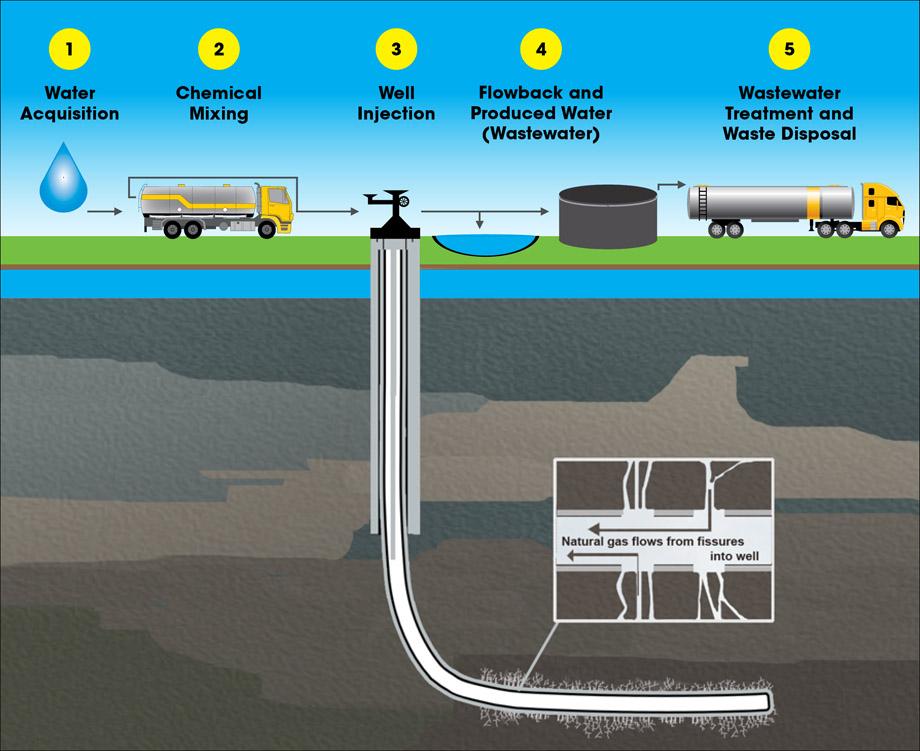 The Environmental Protection Agency (EPA) released its long-awaited draft report on impacts associated with hydraulic fracturing on drinking water last week, completing the most extensive scientific review of published data to date. At nearly 1,000 pages, it’s a substantial report. But it’s nowhere near a comprehensive evaluation – or even enumeration – of the risks that oil and gas development poses to both surface and ground water.
The Environmental Protection Agency (EPA) released its long-awaited draft report on impacts associated with hydraulic fracturing on drinking water last week, completing the most extensive scientific review of published data to date. At nearly 1,000 pages, it’s a substantial report. But it’s nowhere near a comprehensive evaluation – or even enumeration – of the risks that oil and gas development poses to both surface and ground water.
The biggest issues aren’t what’s in the document, but what isn’t. For all its heft, the biggest lesson in the report is just how little we actually know about these critical risks.










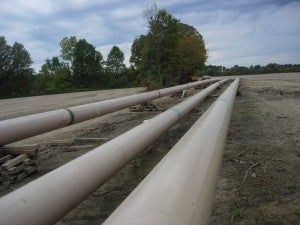
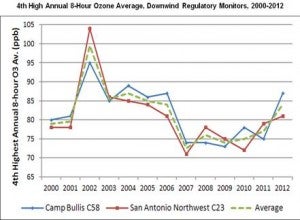
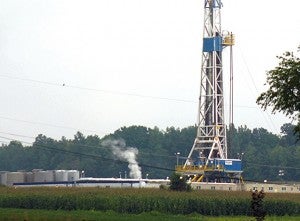
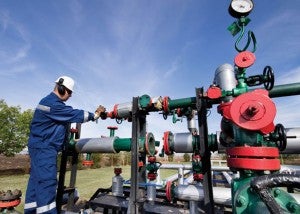
 This May has truly been a banner month for transparency of the oil and gas industry. To start, FracFocus, the state-run, national hydraulic fracturing chemical disclosure database,
This May has truly been a banner month for transparency of the oil and gas industry. To start, FracFocus, the state-run, national hydraulic fracturing chemical disclosure database,